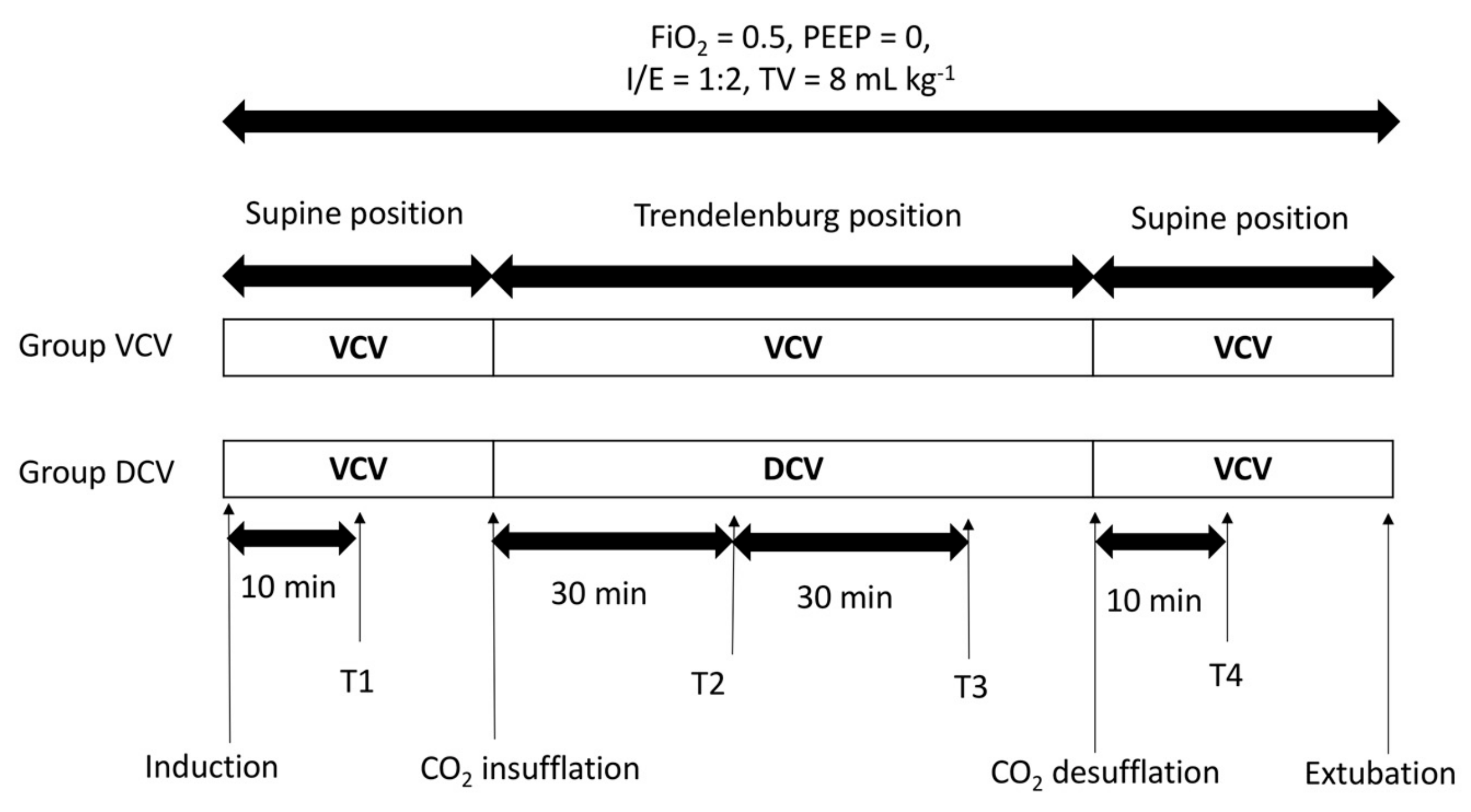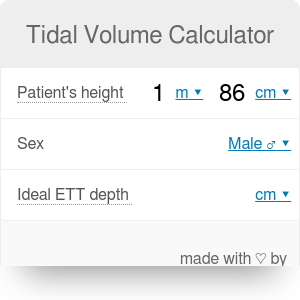

An evaluation of respiratory mechanics allows the best available evidence to be individualized to the patient. Although this is a physiologic oversimplification, the information nonetheless is useful to evaluate lung function, assess response to therapy, and optimize mechanical ventilator support. When interpreting these measurements, it is important to remember that bedside monitoring of mechanics and graphics during positive-pressure ventilation portrays the lungs as a single compartment and assumes a linear response over the range of tidal volume (V T). All current-generation positive-pressure ventilators provide some monitoring of pulmonary mechanics and graphics in real time at the bedside. This produces scalar tracings of pressure-time, flow-time, and volume-time graphics, as well as flow-volume and pressure-volume (P-V) loops. Waveforms are derived when one of the parameters of respiratory mechanics is plotted as a function of time or as a function of one of the other parameters. 1, 2 From these measurements, a variety of derived indices can be determined, such as volume, compliance, resistance, and work of breathing (WOB). Respiratory mechanics refers to the expression of lung function through measures of pressure and flow. This paper covers both basic and advanced respiratory mechanics during mechanical ventilation. This has focused interest in the roles of stress and strain to assess the potential for lung injury during mechanical ventilation.

The shape of the pressure-time curve might also be useful to guide the setting of PEEP (stress index).

End-expiratory transpulmonary pressure might also be useful to guide the setting of PEEP to counterbalance the collapsing effects of the chest wall. This has resulted in a resurgence of interest in the use of esophageal manometry in mechanically ventilated patients. It has become increasingly appreciated that end-inspiratory transpulmonary pressure (stress) might be a better indicator of the potential for lung injury than plateau pressure alone. Plateau pressure is a measure of end-inspiratory distending pressure. From these measurements, a variety of derived indices can be determined, such as volume, compliance, resistance, and work of breathing.


 0 kommentar(er)
0 kommentar(er)
